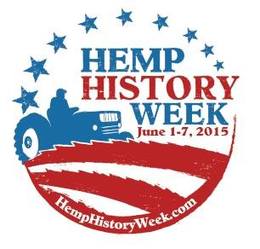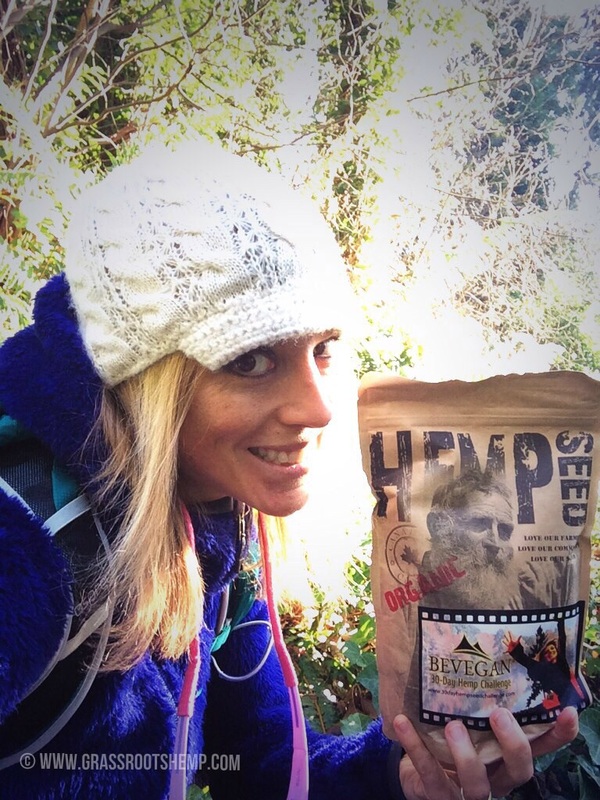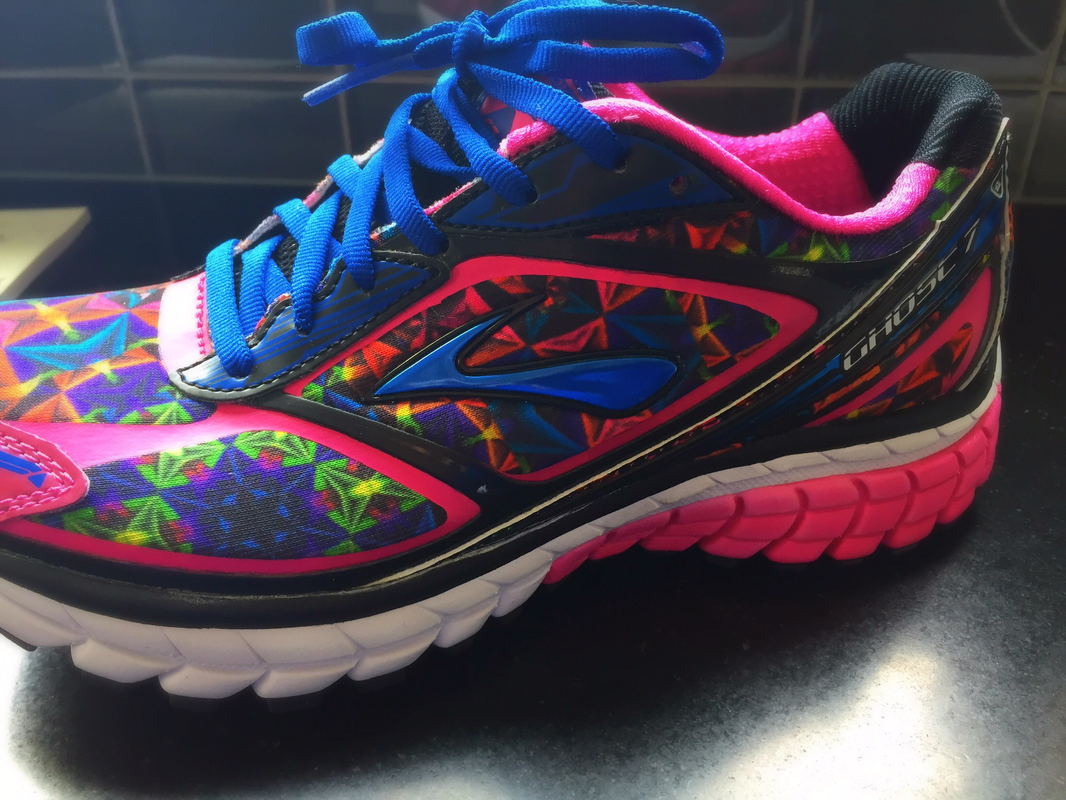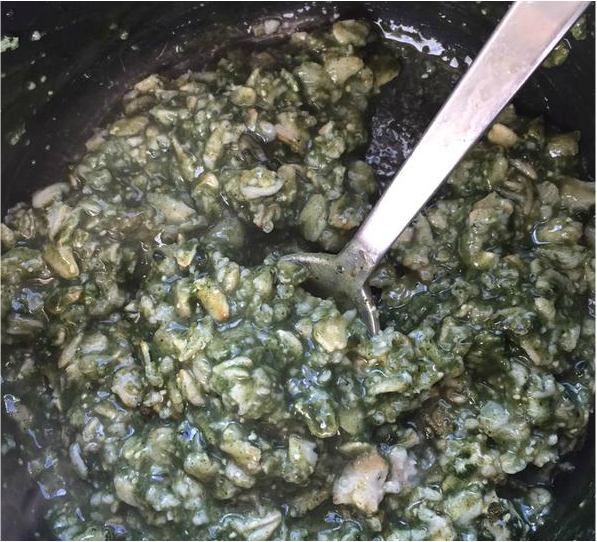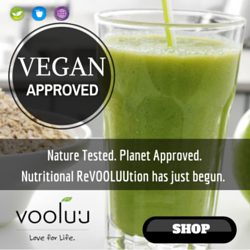Miss Bellevue Vegan Celebrates 6th Annual Hemp History Week : June 1-7, 2015.
The InterviewMBV: What are the goals for Hemp History Week in relation to growing awareness of the health benefits of hemp? HHW: Hemp History Week’s goal as a nation-wide education campaign that aims raise awareness about the benefits of hemp products—both environmental benefits of hemp products like soaps and clothing, as well as the abundant health and nutritional benefits. Hemp is an excellent plant-based source of protein, as well as essential fatty acids Omega 3 and Omega 6. We want conscious consumers to be aware that hemp is more than an industrial crop—that you can eat your hemp via hemp oil, hemp protein powder in smoothies, hemp yogurt, hemp drinks, hemp desserts, hemp milk, hemp cereals, even hemp tofu! MBV: How has the superfood market expanded with hemp? HHW: Hemp is one of the fastest growing categories in the natural grocery sector. Hemp foods have amazing health benefits as they contain the optimal levels of Omegas 3 and 6, and all 10 essential amino acids, which are crucial for healthy muscle and brain development. Because hemp is available in such a variety of ways, it has really exploded as a ‘superfood’ that can be used in a wide array of recipes, and also because more and more consumers are realizing the benefits of a plant-based diet. MBV: What's the easiest way to start including hemp seeds in someone’s daily diet? HHW: Sprinkle hemp seeds on everything! Adding hemp seeds to cereals and salads is a good way to start—but once you fall in love with the nutty, earthy flavor you’ll come up with creative ideas for your own hemp seed recipes! For example, we like to make a hemp pesto, with hemp seeds instead of pine nuts. MBV: What are the common misunderstandings consumers present? HHW: The most common misunderstanding that consumers have about hemp is that it is the same as marijuana. Both hemp and marijuana come from Cannabis sativa L., however hemp is a variety of cannabis that has been cultivated to have negligent THC content (less than 0.3% by dry weight) whereas marijuana has been cultivated to produce a much greater content of THC (upwards of 20%). Hemp foods, soaps and clothing cannot give a person the ‘high’ or therapeutic effects associated with marijuana. MBV: What are the differences between hemp and marijuana? HHW: Both hemp and marijuana come from the same species of plant, Cannabis sativa L., however hemp and marijuana are vastly different—both in appearance, as well as their uses and applications. Industrial hemp is the non-psychoactive, low-THC, oilseed and fiber varieties of Cannabis sativa. Hemp has absolutely no recreational drug value. Section 7606 of the Farm Bill defines industrial hemp as "the plant Cannabis sativa L. and any part of such plant, whether growing or not, with a delta-9 tetrahydrocannabinol concentration of not more than 0.3 percent on a dry weight basis." Grown for fiber and oilseed, hemp is among the longest cultivated crops in human history; its early uses included papermaking from the fiber of the hemp stalk. Conversely, marijuana refers to the flowering tops of varieties of Cannabis sativa L. that are cultivated to yield high amounts of THC content, and are intended for medical and recreational drug use. MBV: How do you see hemp growing as a supplement and staple in the Omega Fatty Acid market? HHW: Hemp is a perfect food to demonstrate the fact that we can get our necessary nutrients, such as Omegas 3 and 6, from a healthful, whole-food approach to eating—rather than rely on supplement capsules to fill in the nutritional blanks left by a diet of processed foods, fast foods, etc. MBV: How can consumers help promote Hemp History Week? HHW: Everyone should visit the take action and events section of the Hemp History Week website to find and share local grassroots events to attend in your hometown. All sorts of exciting events—from hemp documentary film screenings, to special hemp menus as local restaurants, to hemp lobby days at your local state legislature—will be happening in all 50 states. We would also love to see your hemp food and recipe photos on Hemp History Week’s Facebook and our twitter, @HempHistoryWeek
Comments
As a runner, it’s always a bitter sweet moment when you retire your old sneakers and bring in the new ones. All of the miles, trails, thoughts, scenery, conversations with yourself, and quiet time you and your sneakers enjoyed together are priceless, however parting ways is necessary as your running kicks aren’t built to last forever. How do you know if yours are ready for retirement or if they still have some solid mileage left in them? Logging miles in worn-out sneakers not only slows you down, but it can also increase your risk of injury.
How about the Shock Absorption? It can be difficult to tell with the midsole foam, which is the part of the shoe that gives your legs that “springy” feeling with each step. Pay attention to deterioration by placing your shoes on a flat table and examining them from behind. Two Pairs Are Better Than One Your sneakers need rest! Why? The midsole foam needs time to return to its original shape. The more compressed the foam, the more strain on your feet and lower legs with each step. If you mix up your running with trail running, having a pair of trail runners helps with this!
"New running shoes are exciting! Pumped after logging in new miles with my new Brooks Ghost 7!" - Kristin Green superfood oats! Nutrient-rich: vitamins, minerals, fiber, amino acids, enzymes. Enjoy for a power-packed vegan breakfast! I make this often the night before an early morning hike.
|
Kristin WuhrmanOwner of BEVEGAN® Grassroots Health. Board Certified Holistic Health Coach. AKA Miss Bellevue Vegan. Plant-Based Health Consultant. Vegan Athlete. Outdoor Enthusiast. Outdoor Gear Reviewer. Author. Cotopaxi Local Ambassador. Animal Lover. Dreamer. Believer. Categories
All
Archives
September 2017
Stay in the Know!Sign up for Grassroots Hemp emails to be the first to learn of new recipe posts, plant-based learnings and more.
|

